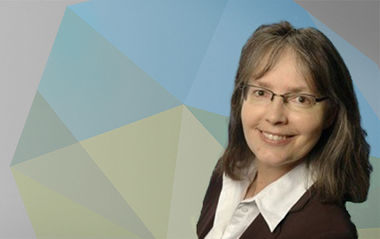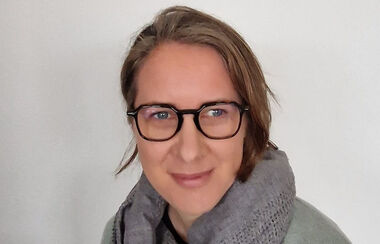BODIUM team
interdisciplinary cooperation
Biogeochemical processes
The availability of nutrients in the soil depends largely on the soil texture and the organic matter (humus) that builds up as a result of dying roots and organic fertilizers. Bacteria and fungi live either in competition or in symbiosis with the plant roots and are the main drivers of humus dynamics in BODIUM. These processes release nutrients for plant growth but also produce CO2 and N2O emissions.
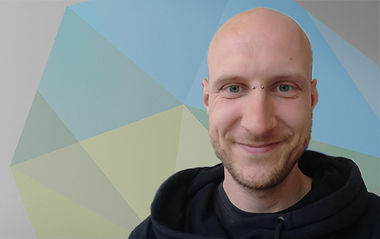

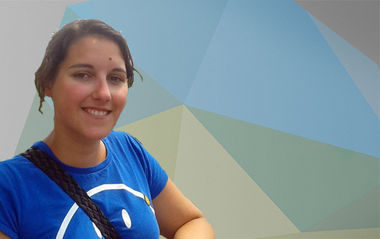
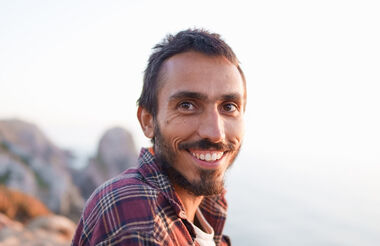
Just C., Armbruster M., Barkusky D., Baumecker M., Diepolder M., Döring T., Heigl L., Honermeier B., Jate M., Merbach I., Rusch C., Schubert D., Schulz F., Schweitzer K., Seidel S., Sommer M., Spiegel H., Thumm U., Urbatzka P., Zimmer J., Kögel-Knabner I., Wiesmeier M. (2023). Soil organic carbon sequestration in agricultural long-term field experiments as derived from particulate and mineral-associated organic matter. Geoderma, 434(), 116472. DOI:10.1016/j.geoderma.2023.116472
Just C., Poeplau C., Don A., van Wesemael B., Kögel-Knabner I., Wiesmeier M. (2021). A Simple Approach to Isolate Slow and Fast Cycling Organic Carbon Fractions in Central European Soils—Importance of Dispersion Method. Frontiers in Soil Science, 1(), . DOI:10.3389/fsoil.2021.692583
König S., Vogel H., Harms H., Worrich A. (2020). Physical, Chemical and Biological Effects on Soil Bacterial Dynamics in Microscale Models. Frontiers in Ecology and Evolution, 8(), . DOI:10.3389/fevo.2020.00053
Wiesmeier M., Urbanski L., Hobley E., Lang B., von Lützow M., Marin-Spiotta E., van Wesemael B., Rabot E., Ließ M., Garcia-Franco N., Wollschläger U., Vogel H., Kögel-Knabner I. (2019). Soil organic carbon storage as a key function of soils - A review of drivers and indicators at various scales. Geoderma, 333(), 149-162. DOI:10.1016/j.geoderma.2018.07.026
Soil biodiversity
Many processes in the soil are driven by biology: Earthworms loosen the soil and feed it with organic matter. Microorganisms metabolize this organic matter, make nutrients available and utilize unused nutrients and pollutants. Plants influence the soil through their root growth, as well as by absorbing water and nutrients. In order to simulate soil functions such as carbon storage, nutrient cycling or water filtration and balance under changing conditions, these processes must be integrated into systemic models such as BODIUM.

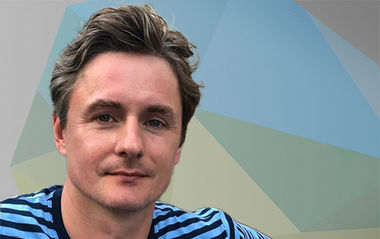
Andrey Zayetsev
(Senckenberg)
andrey.zaytsev@sencken
berg.de
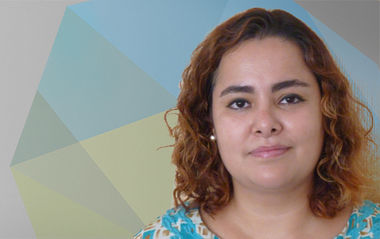
Bibiana Betancur Corredor (Senckenberg)
bibiana.betancurcorredor@ senckenberg.de
Tel: +49 (0) 35814760-5592
Salako, G., Zaitsev, A., Betancur-Corredor, B., Russell, D.J. (2024). Modelling and spatial prediction of earthworms ecological-categories distribution reveal their habitat and environmental preferences. Ecological Indicators 169, DOI:10.1016/j.ecolind.2024.112832
Lang, B., Betancur-Corredor, B., and Russell, D. J. (2023). Soil mineral nitrogen content is increased by soil mesofauna and nematodes–a meta-analysis. Soil Organisms, 95(2), 117-128. DOI:10.25674/so95iss2id310
Salako, G., Russell, D.J., Stucke, A., Eberhardt, E. (2023). Assessment of multiple model algorithms to predict earthworm geographic distribution range and biodiversity in Germany: implications for soil‑monitoring and species‑conservation needs. Biodiversity and Conservation 32, 2365–2394 DOI:10.1007/s10531-023-02608-9
Lang, B., Betancur-Corredor, B., and Russell, D. J. (2023). Earthworms increase mineral soil nitrogen content–a meta-analysis. Soil Organisms, 95(1), 1-16. DOI:10.25674/so95iss1id308
Betancur-Corredor B., Lang B., Russell D. (2022). Organic nitrogen fertilization benefits selected soil fauna in global agroecosystems. Biology and Fertility of Soils, (), . DOI:10.1007/s00374-022-01677-2
Betancur‐Corredor B., Lang B., Russell D. (2022). Reducing tillage intensity benefits the soil micro‐ and mesofauna in a global meta‐analysis. European Journal of Soil Science, 73(6), . DOI:10.1111/ejss.13321
Soil structure
The soil structure has an influence on the water and gas balance, root growth and biological turnover. It is influenced by biological processes, soil tillage and physical processes. The structure is not static, as is assumed in many soil physics models. It changes over the years depending on management and can also show changes within a year. BODIUM integrates the dynamic structure and can therefore map the effects of different soil management practices.
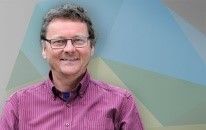
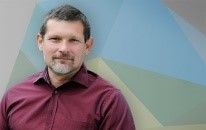
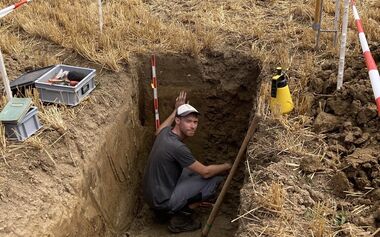
Vogel H., Wollschläger U., Helming K., Heinrich U., Willms M., Wiesmeier M., Russell D., Franko U. (2019). Assessment of Soil Functions Affected by Soil Management. , (), . DOI:10.1007/978-3-319-96229-0_13
Rabot E., Wiesmeier M., Schlüter S., Vogel H. (2018). Soil structure as an indicator of soil functions: A review. Geoderma, 314(), 122-137. DOI:10.1016/j.geoderma.2017.11.009
Regionalization
The regionalization of soil information in Germany is an important element of the BODIUM model. The properties of soils and thus their functions can differ greatly from site to site. High-resolution, site-specific soil information is required in order to apply the BODIUM model throughout Germany. Therefore, data science approaches for the identification of spatial patterns and the designation of soil functional process units were developed. Each of these spatial units contains information regarding the soil properties that are necessary as input parameters for the BODIUM model. In addition, an informative approach based on the soil overview map of Germany BÜK200 will be developed.
